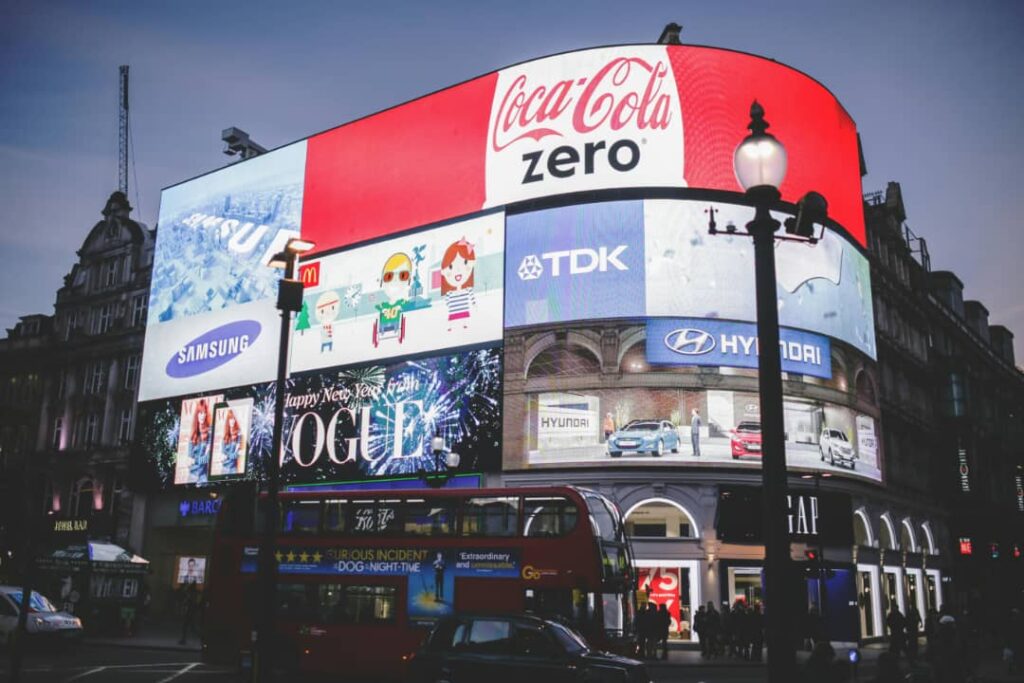
In the realm of advertising, where capturing consumers’ attention is an ongoing challenge, storytelling has emerged as a powerful tool for brands to connect with their audience on a deeper level. Gone are the days of simply listing product features or bombarding viewers with flashy visuals. Today, successful advertising campaigns are built on narratives that evoke emotion, create resonance, and ultimately drive engagement and brand loyalty.
The Power of Narrative
At its core, storytelling taps into the fundamental human experience of communication and connection. From ancient myths to modern-day novels, stories have always been a means of conveying information, instilling values, and fostering empathy. In advertising, this primal instinct is harnessed to craft narratives that not only showcase a product or service but also weave a compelling tale that resonates with consumers on an emotional level.
Creating Emotional Connections
One of the key reasons why storytelling is so effective in advertising is its ability to evoke emotions. Unlike traditional ads that focus solely on product features, storytelling allows brands to create narratives that elicit feelings of joy, nostalgia, inspiration, or even empathy. By tapping into these emotions, advertisers can forge a deeper connection with their audience, making their message more memorable and impactful.
For example, consider the heartwarming holiday commercials that have become a staple of the advertising landscape. Whether it’s a touching story of family reunion or a tale of generosity and giving, these ads resonate with viewers because they evoke emotions that are universally relatable. As a result, consumers not only remember the brand behind the ad but also associate it with positive feelings, fostering a sense of affinity and loyalty.
Building Brand Identity
Beyond eliciting emotions, storytelling also plays a crucial role in shaping brand identity. By crafting narratives that reflect their values, mission, and ethos, brands can differentiate themselves in a crowded marketplace and establish a distinct identity in the minds of consumers.
Take, for instance, the iconic “Just Do It” campaign by Nike. Through a series of ads featuring athletes overcoming adversity and pushing their limits, Nike has successfully positioned itself as a brand synonymous with determination, perseverance, and excellence. Each ad tells a story of triumph against the odds, reinforcing Nike’s core values and inspiring consumers to embrace their own journey of personal growth and achievement.
Engagement and Virality
In an age where consumers are inundated with advertising messages, capturing and maintaining their attention is more challenging than ever. Storytelling offers a solution by providing a narrative framework that captivates audiences and keeps them engaged from start to finish.
Moreover, compelling stories have the potential to go viral, spreading across social media platforms like wildfire and reaching audiences far beyond their initial target. Whether it’s a tear-jerking commercial or a humorous vignette, stories that resonate with viewers are more likely to be shared, liked, and commented on, amplifying the reach and impact of the advertising campaign.
Conclusion
In conclusion, storytelling has emerged as a potent tool in the arsenal of advertisers, enabling them to create narratives that captivate, inspire, and connect with consumers on a profound level. By leveraging the power of storytelling, brands can not only differentiate themselves in a competitive marketplace but also forge lasting emotional connections with their audience, driving engagement, loyalty, and ultimately, business success. As the advertising landscape continues to evolve, storytelling will undoubtedly remain a cornerstone of effective communication, bridging the gap between brands and consumers through the timeless art of narrative.
Contact Fast Deals Advertising (WhatsApp Only) : +971 56 448 7617
